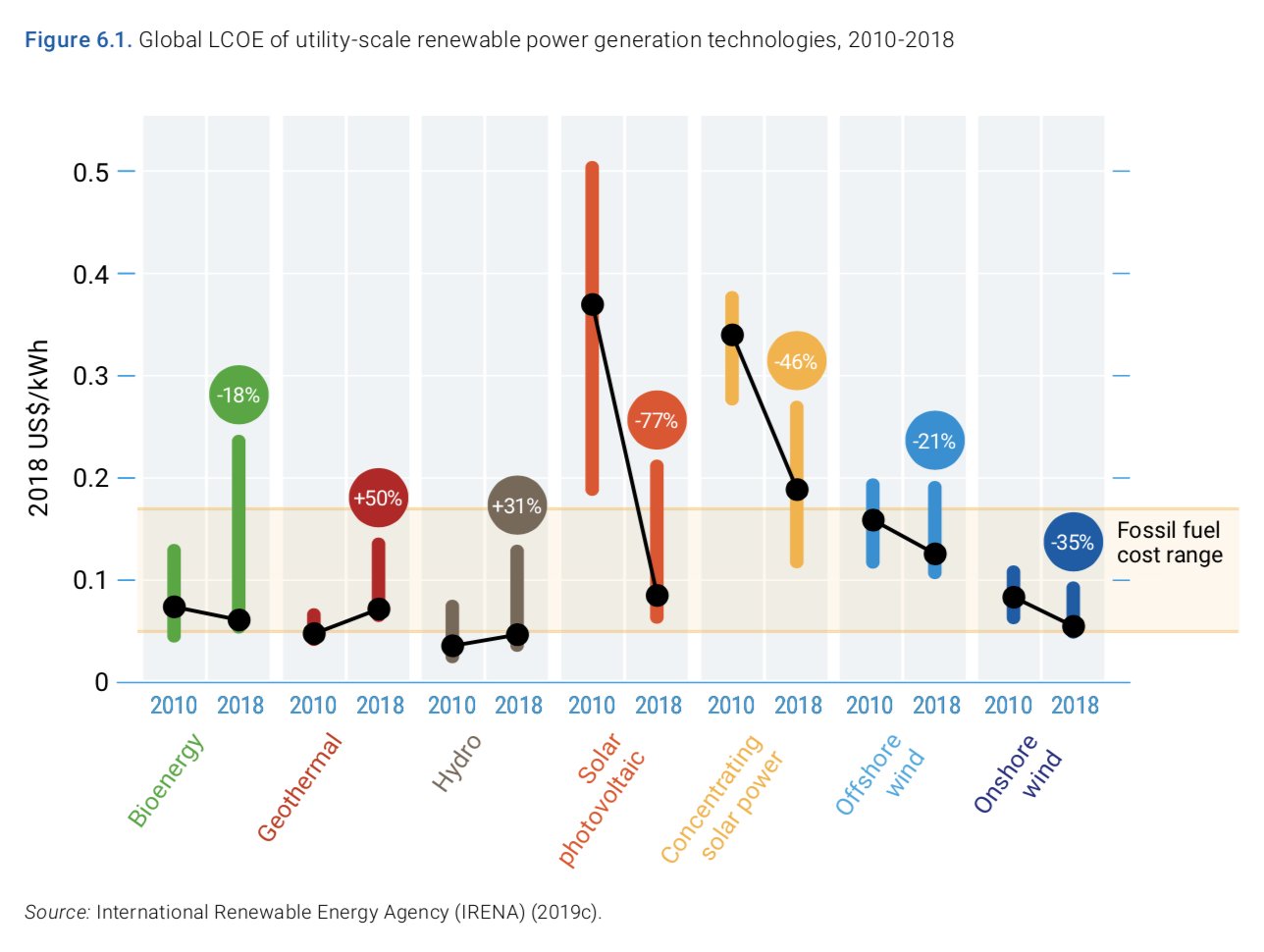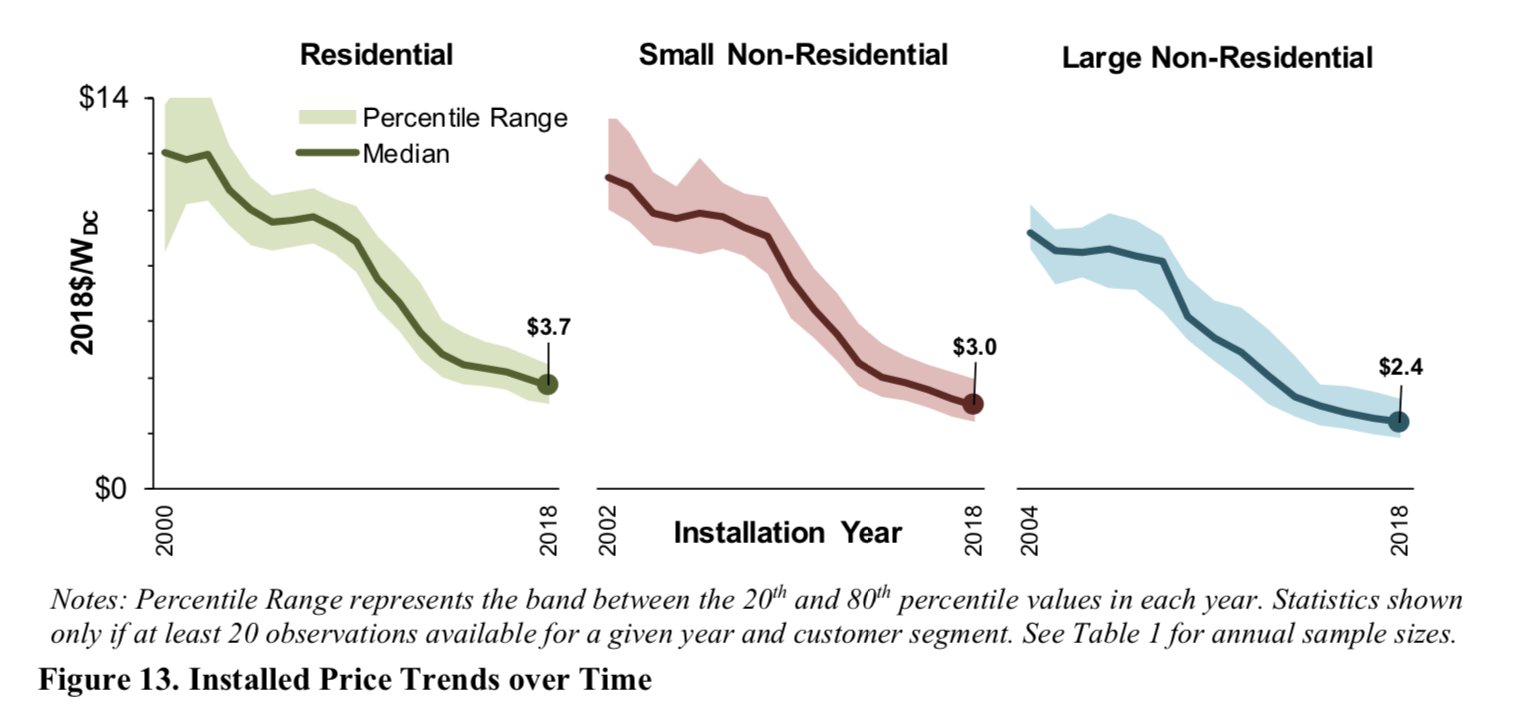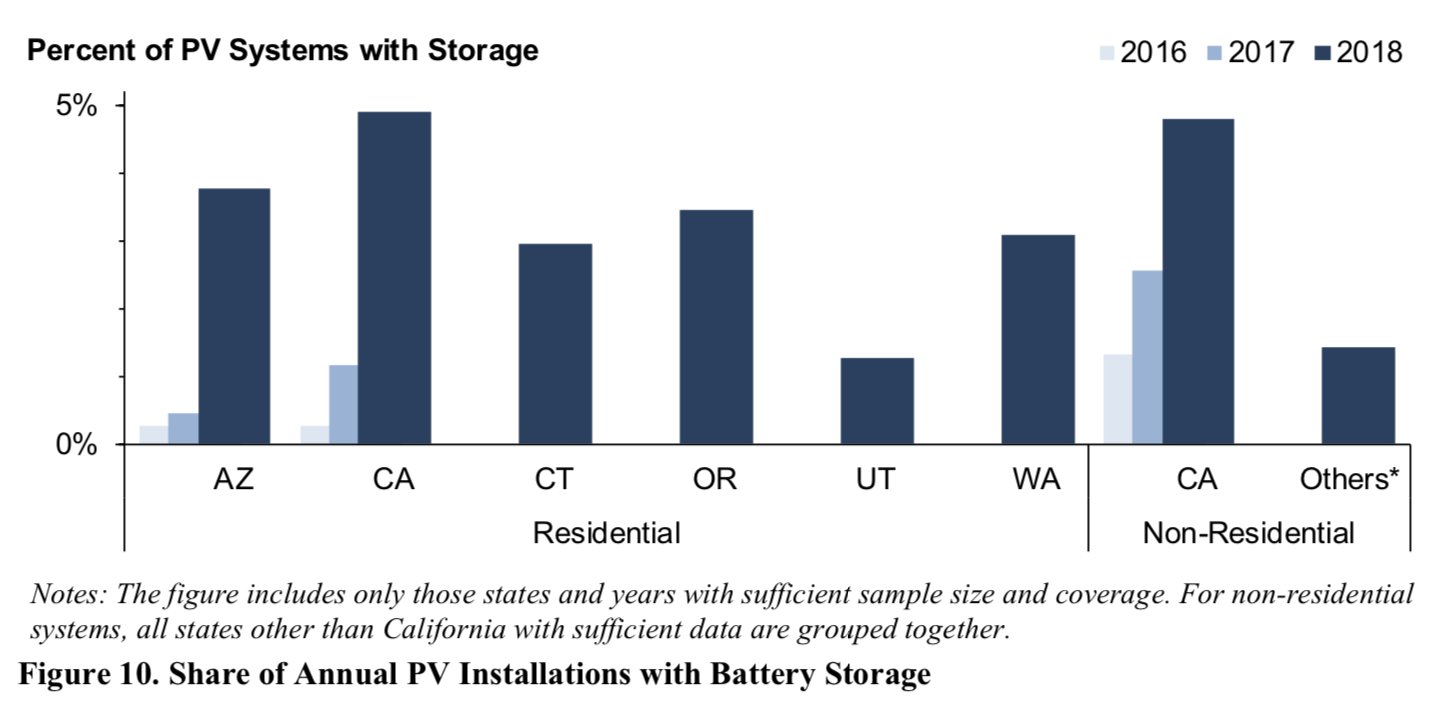Delegates from countries around the globe converged in Madrid this week for a climate change conference framed as an integral step towards meeting the targets of the 2015 Paris agreement, a pact to keep the earth’s warming “well below” 2 degrees Celsius. That goal is now viewed as a long shot, albeit an essential one, by many scientists and policymakers.
As global agreement has coalesced around the seriousness of climate change, the United Nations' Conference of the Parties has become a much-watched event — seen both as a signpost of individual national commitment and a barometer of global cooperation on the crisis.
The 25th COP shifted locations twice before landing in Spain due to civil unrest in Chile and the election of the right-wing, anti-environmentalist candidate Jair Bolsonaro in Brazil — a potentially foreboding sign for this year’s event. The Trump administration sent only one representative to discuss a pact from which it has begun the process of exiting (though a congressional delegation is also attending).
Despite years of working on the fine details of worldwide climate commitments, carbon emissions continue to climb. A series of new reports released ahead of COP25 helped lay out the stakes in clear terms.
They outline the need for swifter movement on climate action and describe the state of the renewables industry as it continues to play a key role in transitioning the energy sector.
A frank warning from the U.N.
Some countries are nowhere near meeting the goals they set out in Paris and promised to strengthen with time, according to the latest Emissions Gap Report by the United Nations Environment Programme.
And even in the cases of countries likely to achieve their voluntary targets, the U.N. says we shouldn't be cheering. Those targets were unambitious to begin with, meaning they’ll have a muted impact on global emissions.
“The current [Nationally Determined Contributions] are blatantly inadequate to achieve the climate goals of the Paris Agreement,” according to the team of scientists who wrote the report, noting that current policies put the world on a trajectory to an increase of 3.5 degrees Celsius by 2100 — a tripling of current warming.
The report says the world needs to cut greenhouse gas emissions by an annual 7.6 percent over the next decade to stick to the Paris Agreement’s goal of only 1.5 degrees Celsius of warming, which scientists say will avert the most horrendous — but not all — climate impacts. In the past 10 years, emissions have climbed 1.5 percent per year, an indication of how truly extraordinary those cuts would have to be. Carbon emissions tied to the energy industry grew 2 percent in 2018.
The world needs “quick wins” that center on “deep and urgent cuts” to emissions, wrote Inger Andersen, executive director of the U.N. Environment Programme, in a foreword to the report.
Many of the changes need to happen immediately. Delaying until 2025, according to the document, is too slow a pace to close the emissions gap by 2030 because of the inevitable lag between making policy changes and implementing them.
The report asserts the need for more electrification paired with a build-out of renewables and a swift drawdown of traditional combustible fuels. That will require “supply-side investment” of between $1.6 trillion and $3.8 trillion per year.
Helped along by the beneficial economics associated with renewables (see the 77 percent drop in the per-kilowatt-hour price for solar shown in the chart below), renewables should be scaled up to 85 percent of electricity by midcentury, according to the U.N. By that same year, electricity will need to be the primary source of all energy, accounting for at least half of all use.

Importantly, renewables — particularly solar — will need to displace fossil fuels, rather than just playing a supporting role on the grid.
The International Energy Agency's take
Solar is slated to become the largest source of generation capacity by 2040, according to the latest World Energy Outlook published by the International Energy Agency in November.
That report, clocking in at more than 800 pages, lays out a variety of paths or “scenarios” that the global energy sector could follow based on current and potential policies. In line with the U.N.'s findings, and despite the projected growth of renewables, the IEA recognizes the situation is a grim one.
Under the policies currently in place, the IEA doesn’t see a carbon emissions peak in sight. Fossil fuels will continue to account for about 80 percent of global primary energy demand as energy-related carbon dioxide emissions persist on their current growth trajectory.
Under two IEA scenarios, current policies and stated policies, fossil fuel demand continues to grow through 2040, a decade beyond when the U.N. says the “emissions gap” should be closed.
Under a scenario that holds the world to about 1.8 degrees Celsius of warming or less, carbon emissions from the energy sector would need to hit a peak immediately (from current levels of 33 gigatonnes) and drop below 10 gigatonnes by 2050. Currently, coal alone accounts for 10 gigatonnes of global carbon emissions.
Though coal has already ceded its dominance in the electricity sector, it has not lost its global foothold. Under current policies, the IEA forecasts that coal-fired generation will drop from 38 percent of generation today to 25 percent in 2040.
That’s not good enough, the IEA says. Limiting global warming to 1.5 degrees Celsius would require the shutdown of about 290 gigawatts — approximately 14 percent — of current global coal capacity every year from 2018 forward. Most coal plants currently online would need to be outfitted with carbon capture technologies, repurposed or retired.
IEA projects that solar will overtake coal in the early 2030s as a generation source, a rise that’s “essential to reach climate targets.” Wind will help push countries closer to meeting the share of renewables required by sustainable development goals.
“Governments hold the clearest responsibility to act and have the greatest scope to shape the future,” writes IEA Executive Director Fatih Birol.
Berkeley Lab lays out solar gains
The Trump administration ranks among the clearest examples of a federal government rejecting that responsibility. But even in the absence of federal leadership on climate change, low-carbon energy industries such as solar and wind have continued to flourish in the U.S.
Solar still has a long way to go before it can replace conventional resources such as coal and natural gas. However, a recent examination of 1.6 million solar systems in the U.S. (about 81 percent of distributed systems currently installed) points to some of the trends that might help solar get there.
U.S. solar systems are growing in size and efficiency, according to the yearly Tracking the Sun report released by Lawrence Berkeley National Laboratory. While large-scale solar applications have high potential to displace fossil fuel resources, utilities and states are increasingly looking to distributed solar — the sector the Berkeley Lab report examined — as a way to balance the grid as well.
Cost declines in utility-scale solar have allowed projects to beat coal in some recent requests for proposals and begin competing seriously with gas. And for distributed solar, prices have also continued to drop steadily over the past five years, with national median prices declining 5 percent in the last year for residential and large non-residential installations. Prices for smaller non-residential systems decreased 7 percent in the last year.

Source: Lawrence Berkeley National Laboratory
In the residential space, the majority of those declines post-2014, 64 percent, can be tied to better prices on modules and inverters.
As prices continue to fall, developers are adding batteries — another technology viewed as integral in using solar to replace gas and coal. LBNL reports attachment rates between 1 and 5 percent nationwide, but reports from many residential installers place those rates closer to 20 percent and even higher in some markets.

Source: Lawrence Berkeley National Laboratory
Many companies see the recent public safety power shutoffs in California, as well as resiliency concerns in markets like Hawaii and Puerto Rico, as a probable driver of storage adoption among residential consumers.
As many companies have begun shifting to monocrystalline modules — the technology accounted for 40 percent of LBNL’s sample in 2016 and now accounts for nearly 90 percent — gains in efficiency have also helped the industry. LBNL notes median module efficiency hit 18.4 percent in 2018, up from 12.7 percent in 2002. The share of mono modules is especially high with residential consumers, who want higher efficiency for smaller spaces.
Taken together, LBNL’s data portrays an industry marching along on a healthy trajectory, if not one reaching the eye-popping growth called for in the climate scenarios detailed above.
But rather than continuing to buoy the technology, as both IEA and the United Nations insist is necessary, many states have actually curtailed incentives for solar in recent years. According to LBNL, a peak of $4 to $8 per watt in incentives has fallen to just $0.50 per watt in many states.

Source: Lawrence Berkeley National Laboratory
Though that decline is in part due to the technology’s success, it underscores the challenges facing the technology as it goes up against the goliaths of the energy sector. According to the IEA, global fossil fuel subsidies in 2018 still nearly accounted for nearly double the amount available to renewable energy, carbon pricing programs and electric vehicles.
For all of the plaudits the solar and clean energy industries have lavished on themselves for economically rivaling incumbent technologies, it’s still not enough growth. And without more support and expansion, as the U.N. says, the future looks bleak.